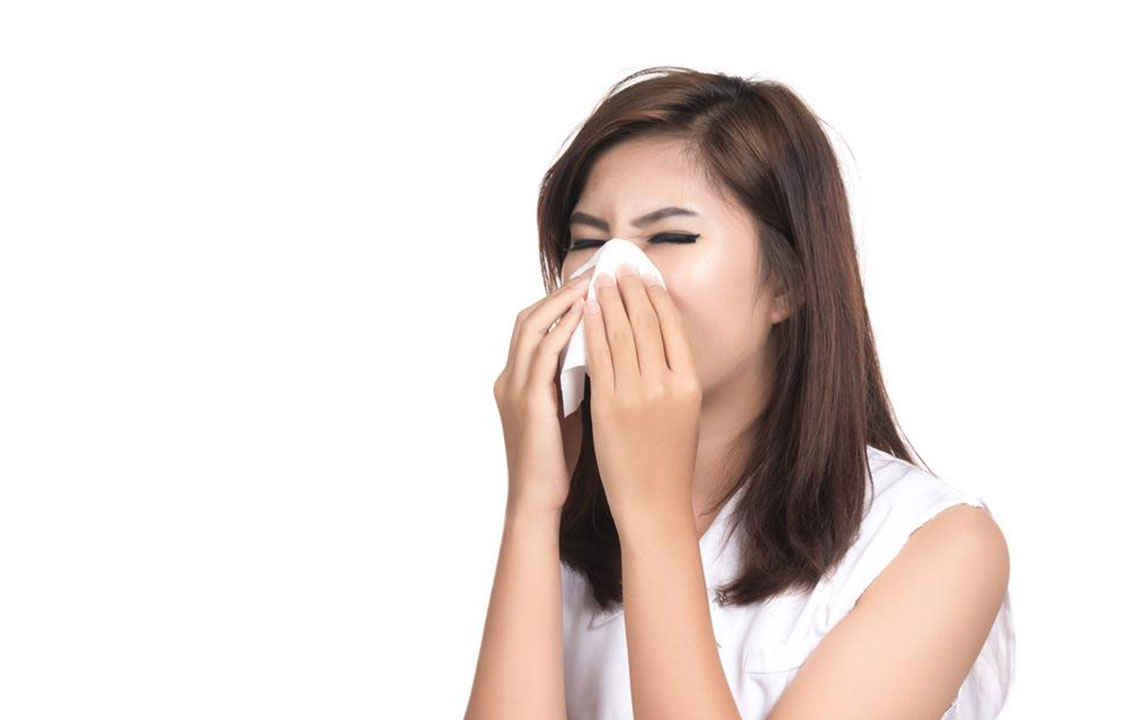Here’s how you can know the first signs of cold and flu
You might panic when you sneeze or get a dry throat that might make you want to throw up. But, how do you know what is responsible for the discomfort your body feels? Is it cold or flu? Here, we take a look at some of the common symptoms of cold and flu so that you know what exactly that ails you.
Is it cold?
When you end up having a cold, you have a runny nose. Along with this, you experience sneezing, congested throat, heavy chest and continuous coughing, which are also the symptoms of a cold. In a few cases, people experience a mild fever, head ache (with sinus), ear ache and neck pain as well.

Ways to treat it
Try salt water gargle. Have a spoon of honey with a hint of ginger juice to get rid of bacterial buildup in the throat. You can also take a steam with a drop or two of eucalyptus oil (this might induce vomiting, but it’s good for cough/mucus relief), or apply a lavender balm on the areas you experience pain. Always wash your hands from time to time.
Is it flu/influenza?
Flu or influenza is a bit more severe than cold. You have a fever, muscle pain, and you can also feel weak. This is when the virus attacks you.
Ways to treat it
Up your fluid intake (with lemon teas, chicken soups, ginger-flavored warm water, etc.) and make sure you’re sleeping well to recover faster. Check with your doctor regularly to make sure the flu is taken care of with medications, and that no aggressive flu attacks you.
Now that you know the first signs of cold and flu, you’d also know the ways to treat them without confusing yourself.

